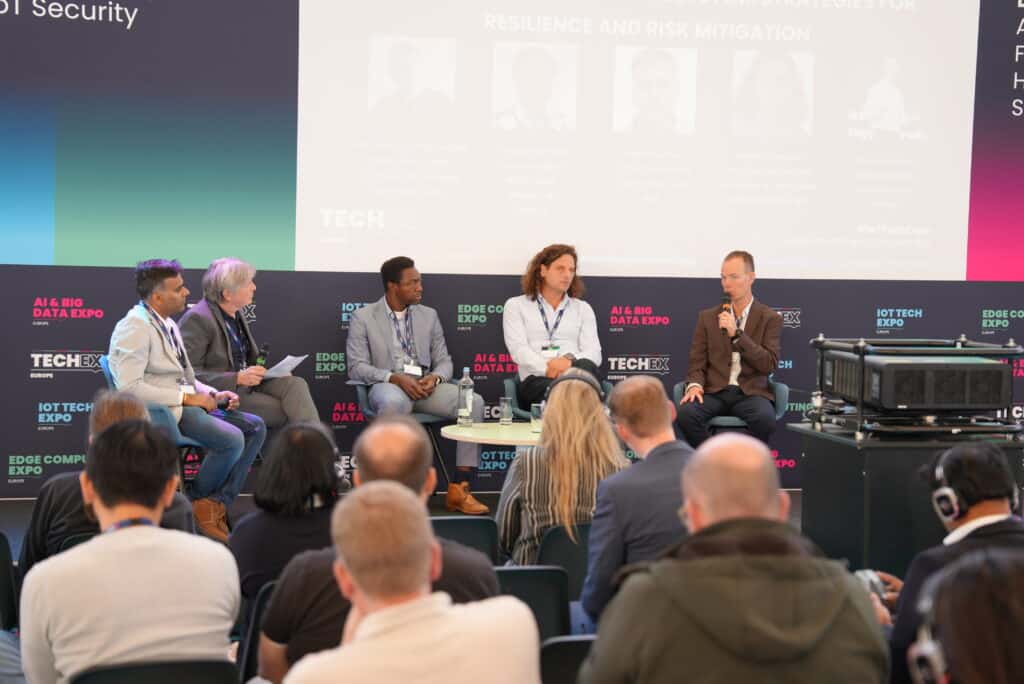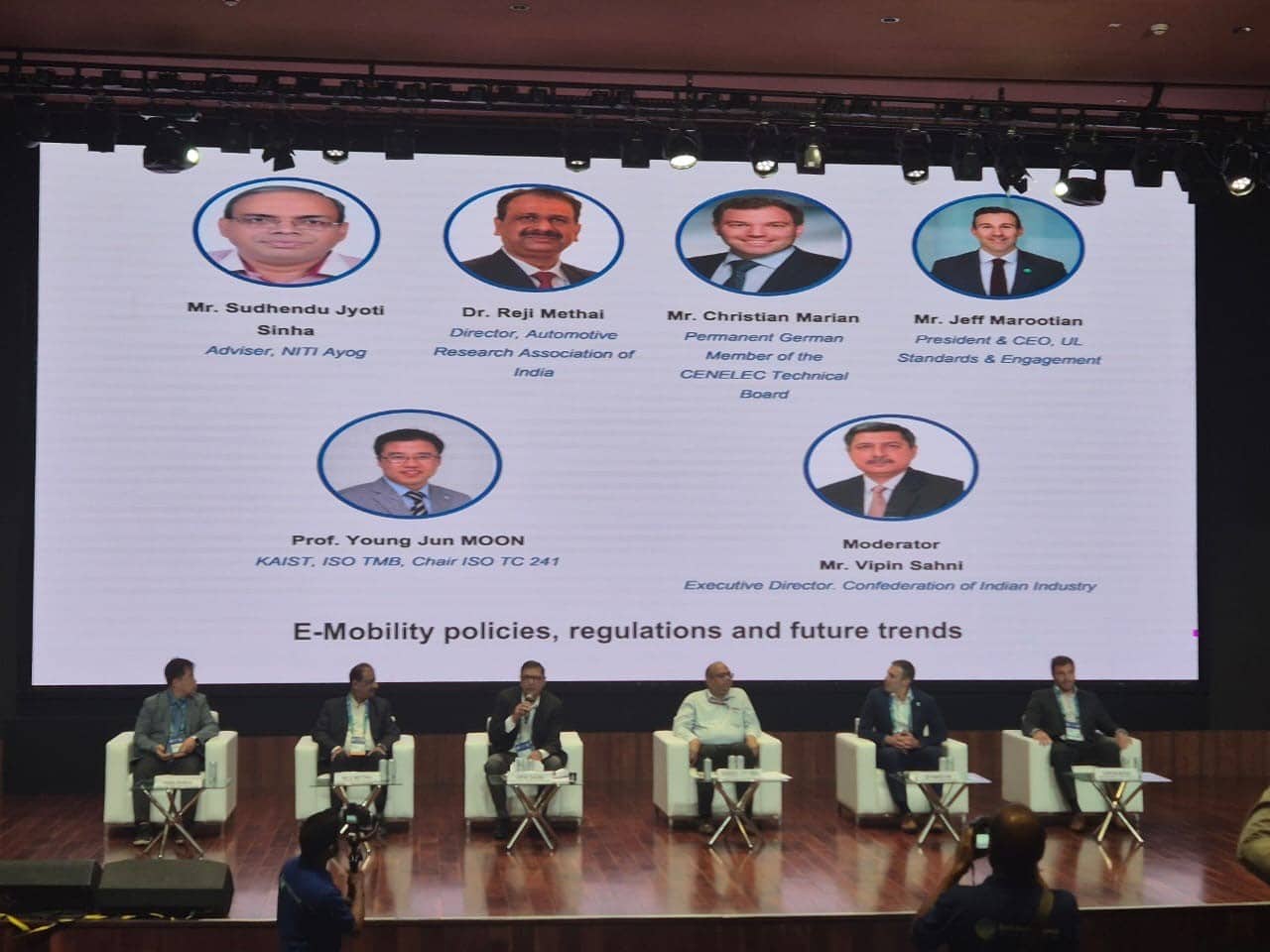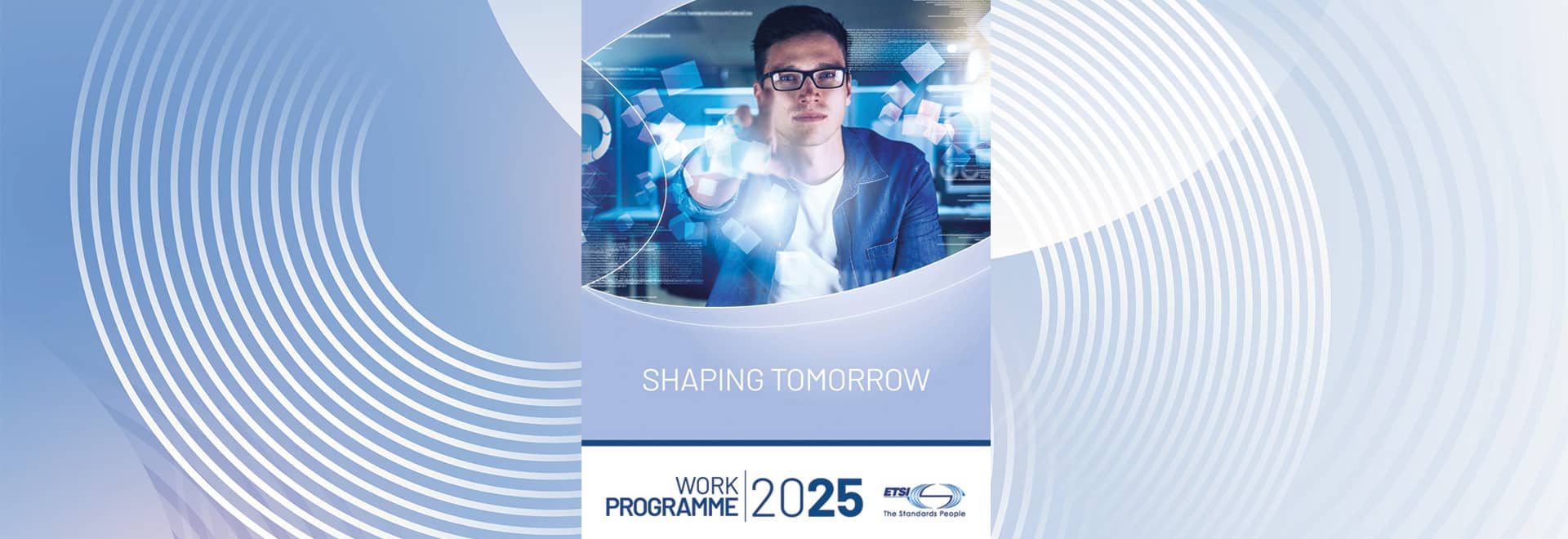
On September 24, Rob van Kranenburg, representing InDiCo-Global, chaired Day 1 of the “Edge Computing, Digital Twins & IoT Security” track at TechExpo Amsterdam, one of Europe’s largest events dedicated to IoT and digital transformation. This track of the event underscored how emerging digital technologies are creating both opportunities and challenges at the intersection of technical innovation and regulatory practice.
With more than 8,000 attendees and dozens of expert-led sessions, the event brought together technology providers, industry leaders, and policymakers to discuss the future of connected ecosystems.
Key Themes from the Panel
- Securing the IoT Ecosystem
As billions of devices come online, securing the IoT landscape has become a shared priority for businesses and policymakers alike. The panel highlighted the growing need for end-to-end cybersecurity, emphasising “Security by Design,” the integration of robust security measures throughout a product’s life cycle, from design to decommissioning.
Discussions touched on zero-trust architectures, AI-powered threat detection, encryption standards, and regulatory compliance. As liability and governance pressures increase, alignment between technical solutions and legal frameworks is becoming ever more critical.
- The Shift to the Edge-Cloud Continuum
A major focus of the session was the ongoing shift from centralized cloud computing to distributed architectures , what , what experts are calling the edge-cloud continuum. According to the European Commission, up to 80% of all data is expected to be processed at the edge in the near future, driven by both performance requirements and a growing demand for digital sovereignty.
This evolving model raises questions around infrastructure, data governance, and interoperability, particularly as Europe seeks to balance efficiency with independence from non-EU cloud providers.
- Digital Twins and the Interoperability Imperative
Digital twins, once a purely conceptual tool, are now being implemented by major organisations like Volvo and Unilever. These virtual replicas of physical systems are enabling new forms of insight and optimisation, particularly as different departments engage with them at varying levels of abstraction.
Crucially, digital twins are only as effective as their underlying standards. Interoperability, data integrity, and system security remain critical concerns. During the session, the panel highlighted several standards bodies and frameworks leading the way:
ISO 23247 – Four-layer framework for manufacturing data integration
ISO/IEC JTC 1, SC 41 – Guidelines for IoT and digital twins
NIST IR 8356 – Security framework for digital twin systems
OGC Standards – Geospatial data integration using 3D Tiles and LAS
IEEE Standards – Sensor data management and system interoperability
According to Anvil, nearly 60% of executives plan to adopt digital twins by 2028, further emphasizing the urgency of standard alignment.
InDiCo-Global: Supporting Policy-Technical Alignment Across Borders
As the digital landscape evolves, so must the frameworks that support it. From edge computing and AI to IoT security and digital twins, it’s clear that no single actor, whether a standards body, regulator, or technology provider, can act in isolation.
InDiCo-Global continues to play a vital role in building mutual understanding between technical experts and policy makers on key digital topics. By promoting international dialogue and cooperation on ICT standards, the project contributes to a more aligned, secure, and innovative digital future — for Europe and its global partners.





